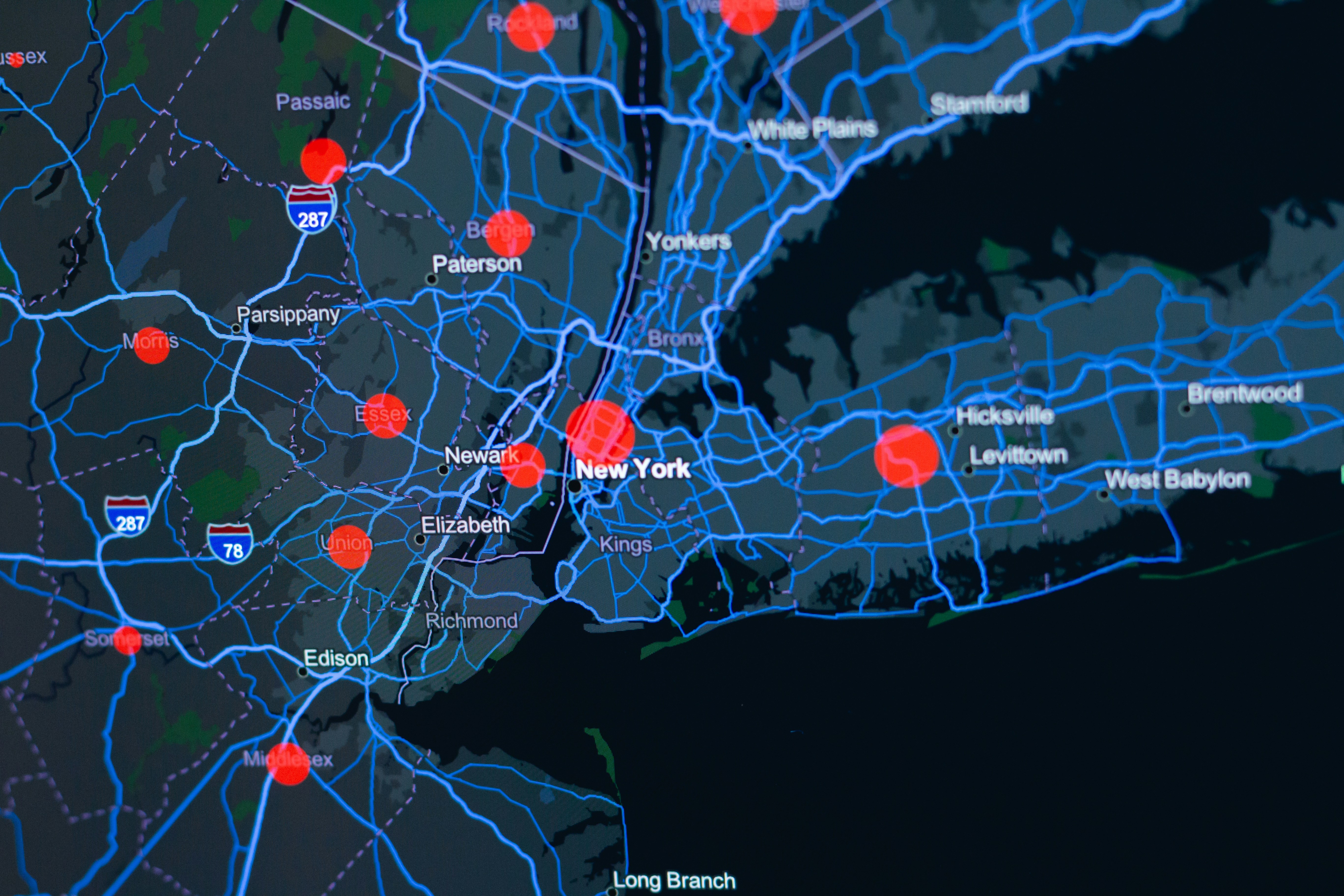Field of Membership Expansions During 2023Q1
An analysis of FOM expansions by charter types and potential members added across the first quarter of 2023.


An analysis of FOM expansions by charter types and potential members added across the first quarter of 2023.
According to NCUA data, between January and March of this year, a total of 36 federal credit unions (FCUs) were approved to expand their field of membership (FOM). Together, this activity led to the addition of 15.98 million potential new members across the various credit union charter types.
Background on Field of Membership
At the federal level, fields of membership (often called charters) may be classified as (1) community, or residentially-based, charters; (2) single common bond charters (SCBs), either occupational or associational; or (3) multiple common bond charters (MCBs), which may combine either or both occupational and associational common bonds.
Community charters may, within some constraints, expand the geographic size of their FOMs. SCBs may expand their FOMs by adding other single common bonds (commonly called Select Employee Groups (SEGs)), thereby becoming MCBs. In turn, multiple common bond credit unions may also add further SEGs and underserved areas.
FCUs may convert across community, SCB, and MCB charters. In doing so a newly converted community charter would give up its field of membership outside of its geographic FOM. Similarly, an FCU abandoning a community charter would give up its geographic FOM in exchange for its adopted SEGs.
Conversions, however, do not affect current members, who are protected by the “once a member, always a member” rule.
Community Charter Expansions and Conversions
In the first quarter of 2023, eight credit unions expanded an existing community charter and four converted to a community charter. Together, this activity led to the addition of 9.16 million potential new members.
The majority of these potential new members came via the charter expansions, which accounted for 7.33 million people overall—more than 80% of the total number—with an average of 916,892 and median of 530,732 per expansion.
Within those eight individual expansions, six represented local community additions and two were rural districts. The local communities yielded far more potential members, averaging 1.12 million per addition with a median of 813,961, while the two rural district additions were good for both an average and median of 299,949.
The largest community FOM expansion of the quarter came from Yolo Federal Credit Union, based in Woodland, California, which added a core-based statistical area (CBSA) consisting of four California counties with a combined population of 2.41 million to increase potential membership by more than 1,300%.
The four credit unions that converted to a community charter this past quarter combined to add an average of 455,347 and median of 361,314 potential new members per conversion.
Of these institutions, ServU Federal Credit Union, in Painted Post, New York, added the largest number following its conversion and subsequent addition of 13 New York counties and four Pennsylvania counties. Together, the move led to 957,171 potential new members and increased potential membership by more than 750%.
By comparison, during the final quarter of 2022, eight credit unions expanded their community charters and together added 10.99 million potential new members, with an average of 1.37 million and median of 1.26 million per expansion. Additionally, two FCUs converted to a community charter, combining to add 3.21 million potential new members.
Select Employee Groups
Single Common Bond
There were no SEG additions by single common bond credit unions during the first quarter of 2023.
By comparison, only one such institution made any additions over the final quarter of last year, which in total accounted for 515 potential new members across two groups.
Multiple Common Bond
MCB credit unions were once more the most active in expanding their fields of membership this past quarter as, overall, 17 separate institutions added a select employee group for a total of 1.53 million potential new members. The disparity in size of these groups is apparent in both the average (90,098 people) and especially the median (14,576 people) numbers, which highlight the wide range of SEGs involved.
Within these additions, 12 were associational groups, which together accounted for more than 98% of all potential new members—a total of 1.50 million, with an average of 125,317 and median of 86,666 people per SEG.
The remaining five occupational groups added yielded far less in terms of potential new members, accounting in total for 27,858 overall, with an average of 5,572 and median of 6,000 per group.
The MCB credit unions that added the most potential new members were a group of three institutions each gaining more than 343,000 in total through the associational addition of the American Consumer Council, based in San Diego, California.
For contrast, across the previous quarter, 15 multiple common bond credit unions combined to add 19 select employee groups for a total of 2.06 million potential new members.
Underserved Areas
Seven MCB credit unions added a total of eight underserved areas to their fields of membership across the first quarter of 2023. Together, these accounted for 5.29 million potential new members, good for an average of 661,793 and nearly identical median of 658,777 per area.
The majority of underserved areas added were rural districts, with five credit unions adding six such areas for a total of 3,749,207 potential new members, with an average of 624,868 and median of 658,777.
And while only two credit unions added underserved local communities, Eagle One FCU, based in Claymont, Delaware, achieved the largest overall potential member increase through the addition of a CBSA portion containing 368 census tracts across a New Jersey county and two Pennsylvania counties. The 1.50 million potential new members yielded by the move saw the institution’s FOM rise by more than 250%.
For comparison, over the previous quarter, six MCB credit unions added a total of 14 underserved areas to their fields of membership for a combined total of 9.19 million potential new members. All told, this was good for an average of 656,790 and median of 602,417 people per area.
Takeaway
Once again, the data for 2023Q1 clearly show there are opportunities for credit unions of all charter types to expand their fields of membership.
Digging deeper, as was the case last quarter, community charter expansions continued to lead the way in terms of the highest total, average and median potential new members. In a second trend that followed from the last quarter, the most common activity was the adding of SEGs by multiple common bond credit unions, despite these additions yielding relatively small gains.
It appears evident, therefore, that MCB credit unions would be better served by adding underserved areas, as evidenced by their high average and median numbers, and far broader potential to increase field of membership.
To learn more about the FOM expansion options available to your credit union, visit our field of membership page or reach out to CUCollaborate's consulting team today!
Industry News













.png)





.png)



.png)



















































